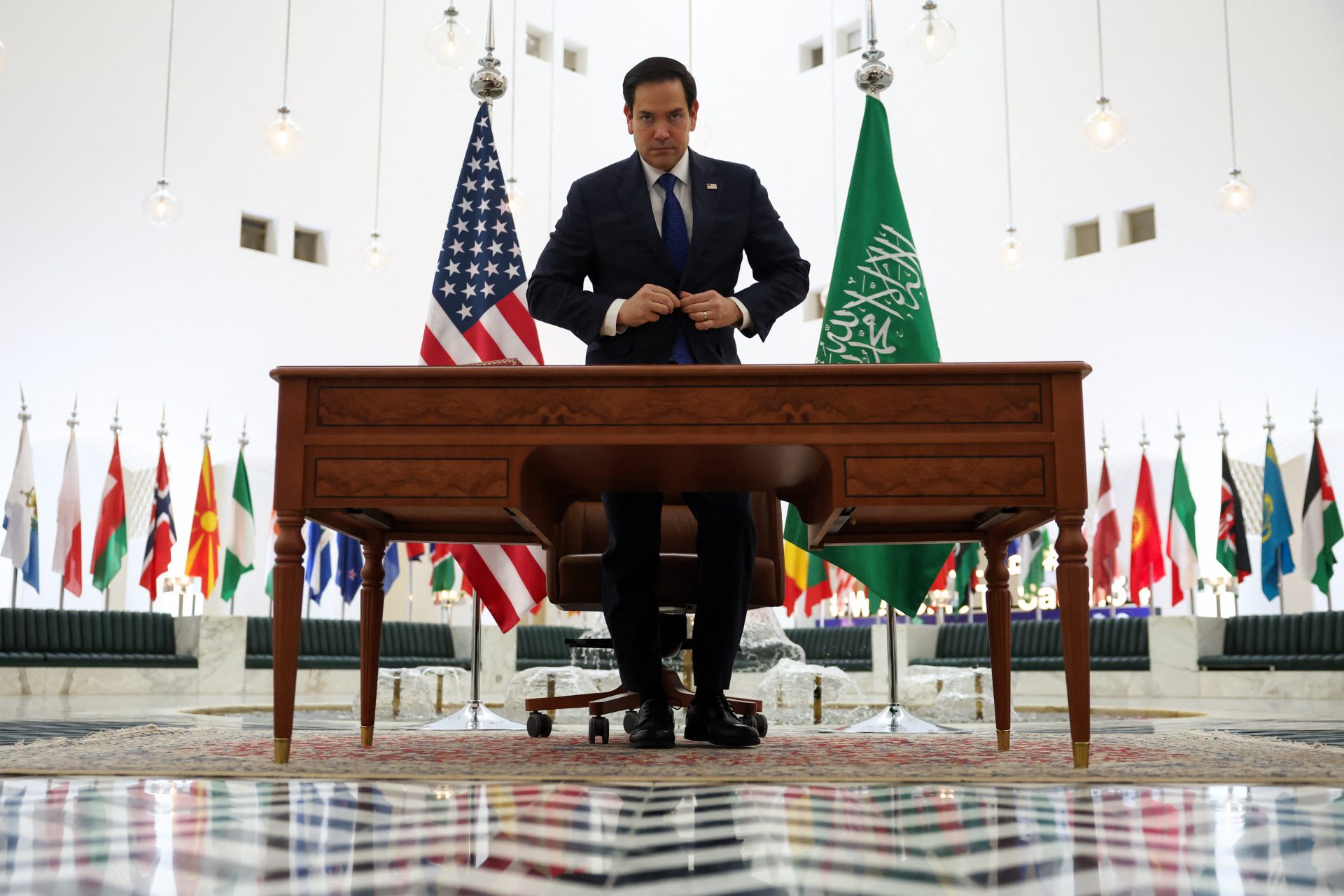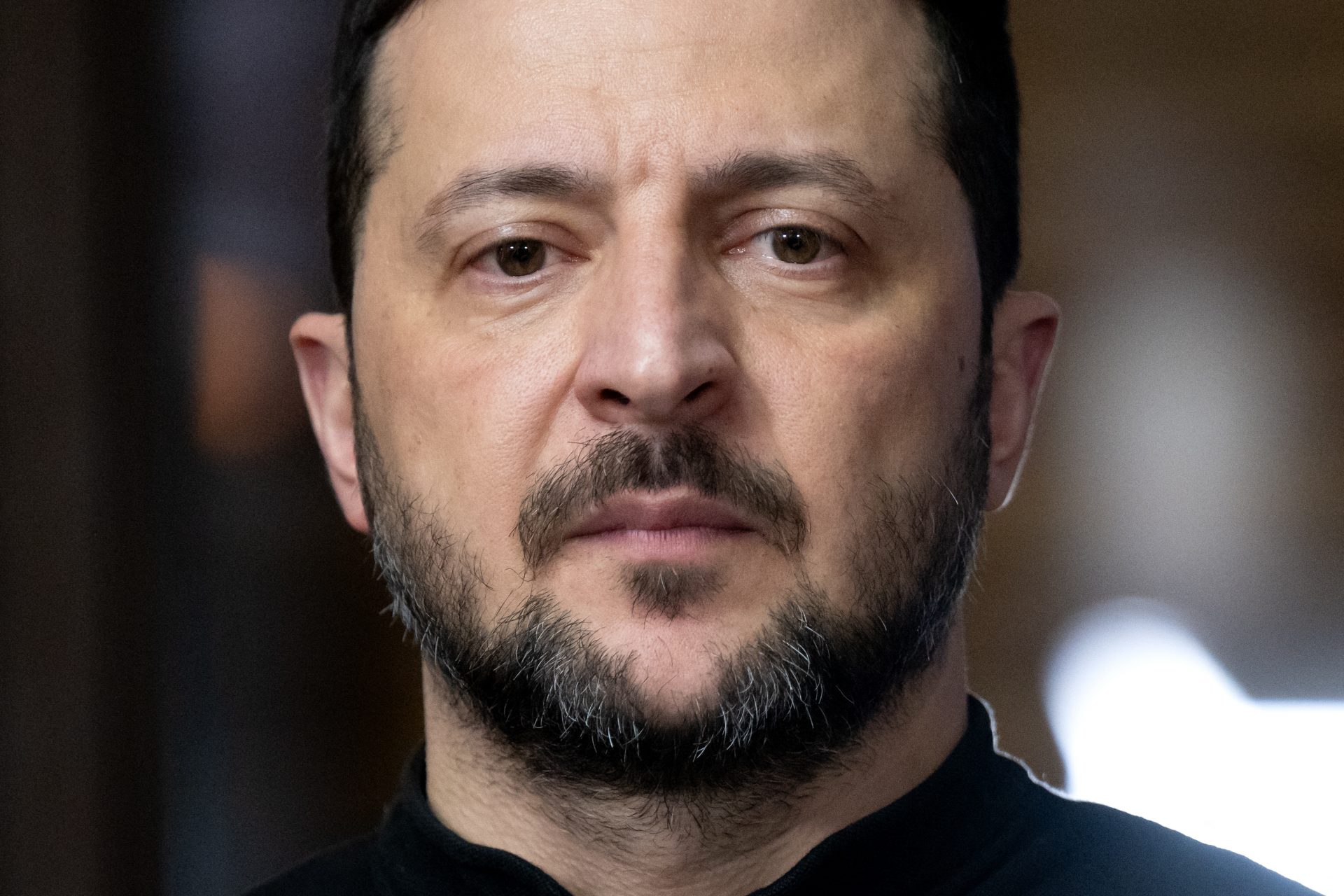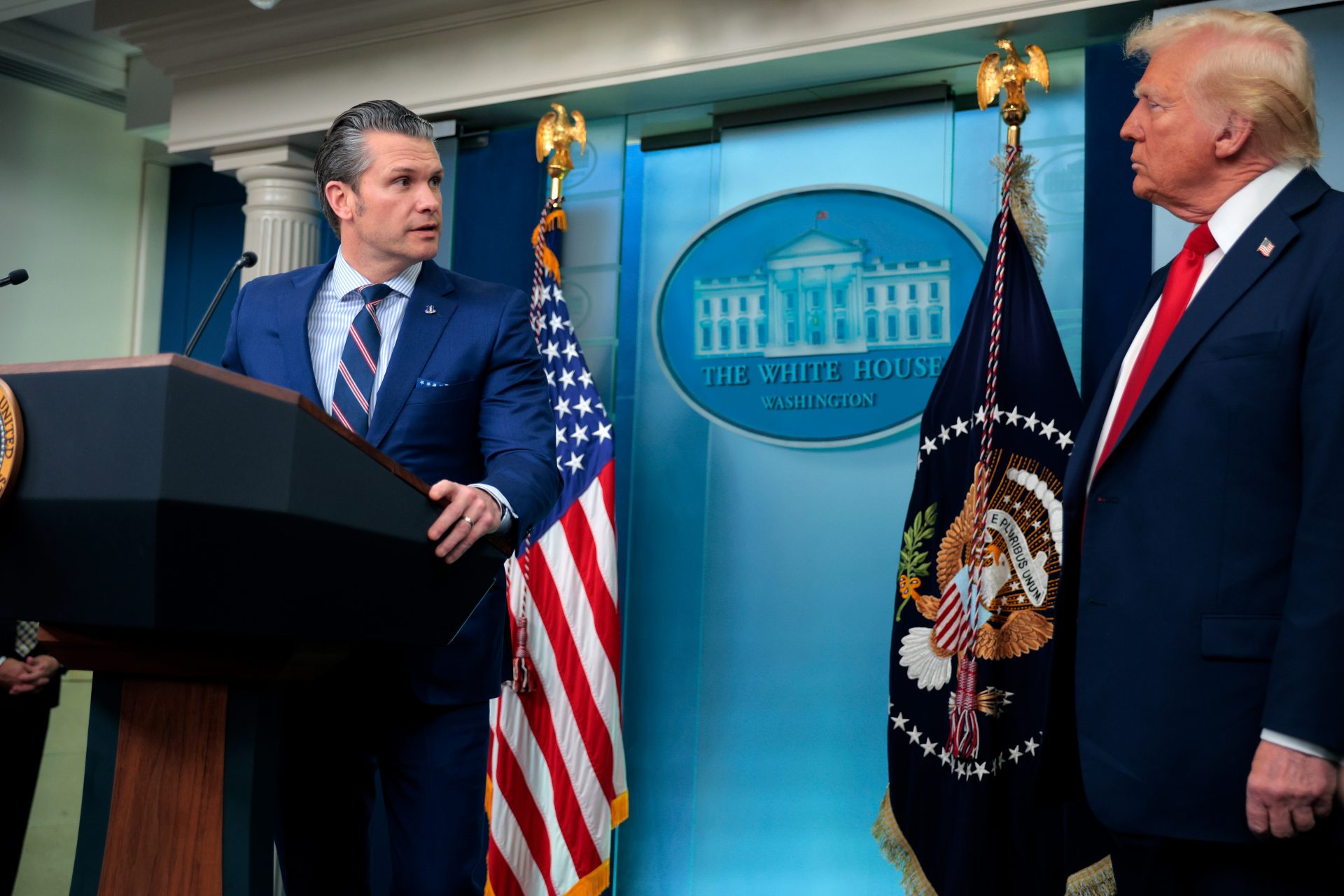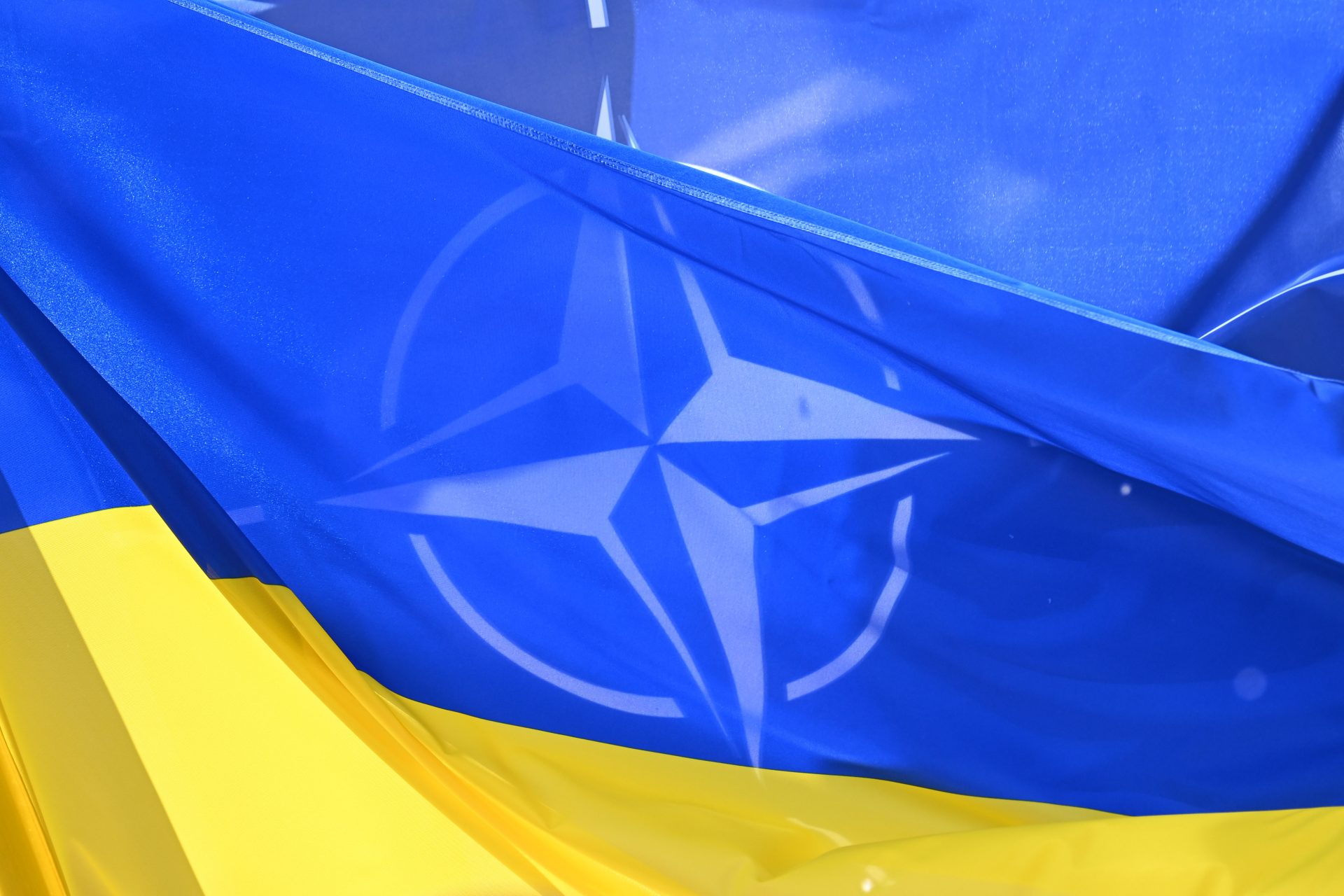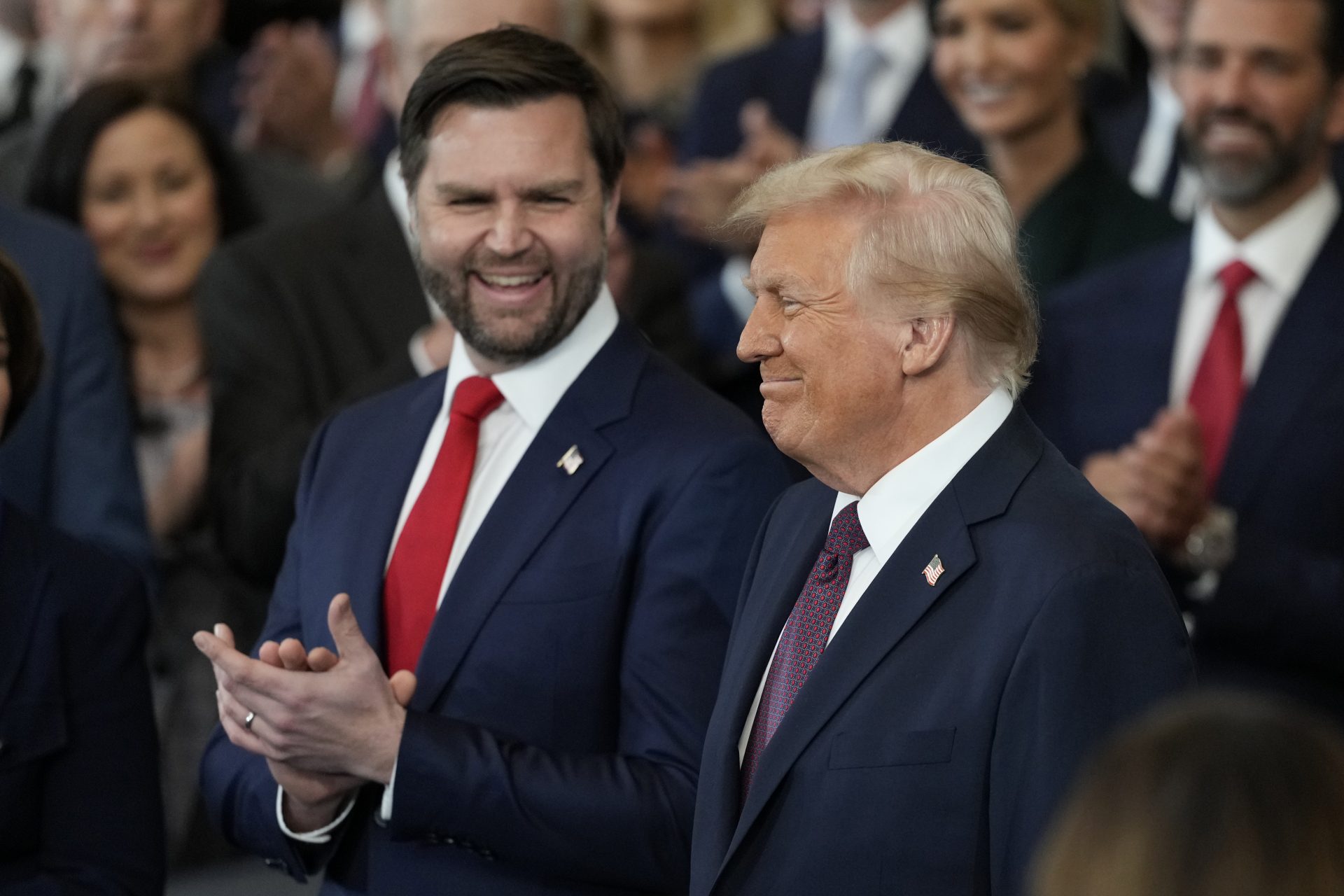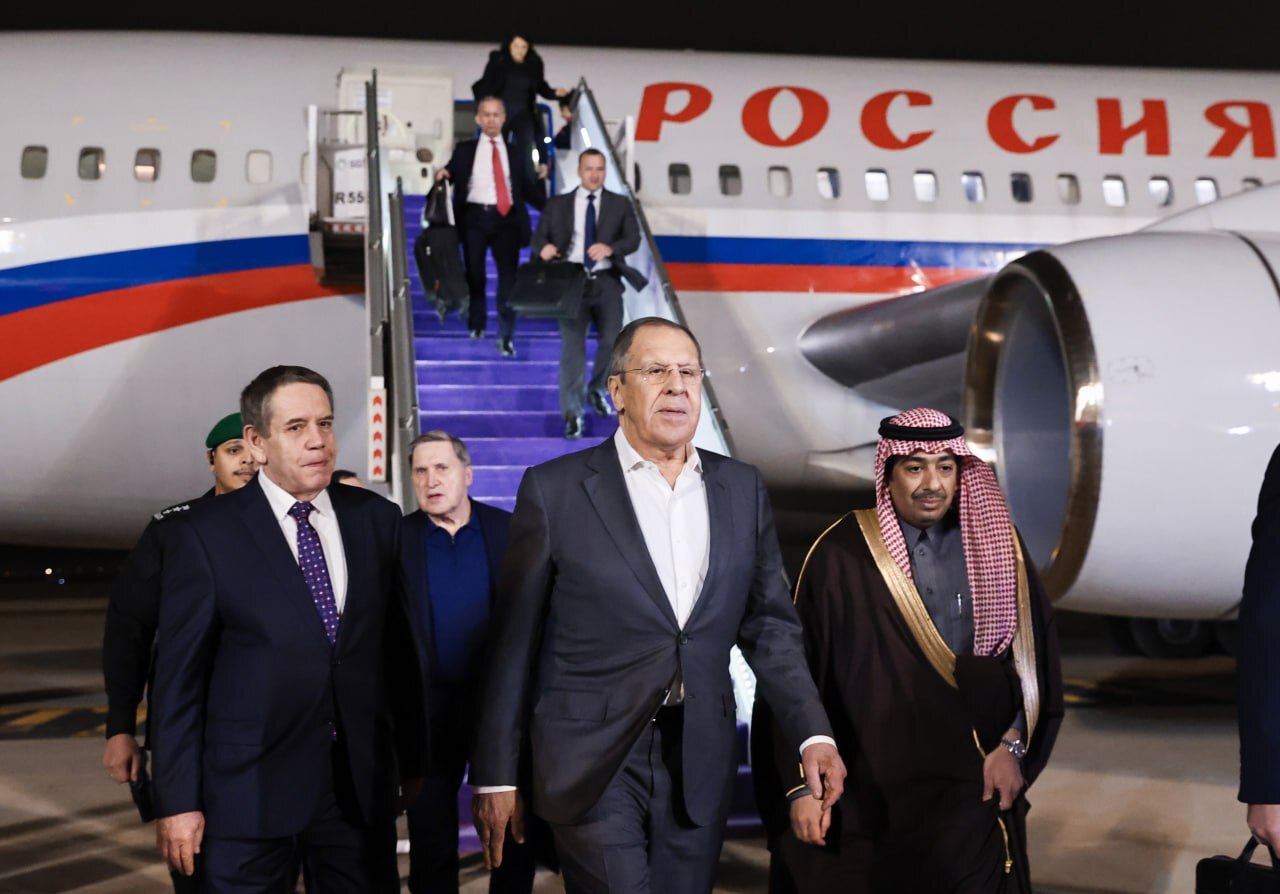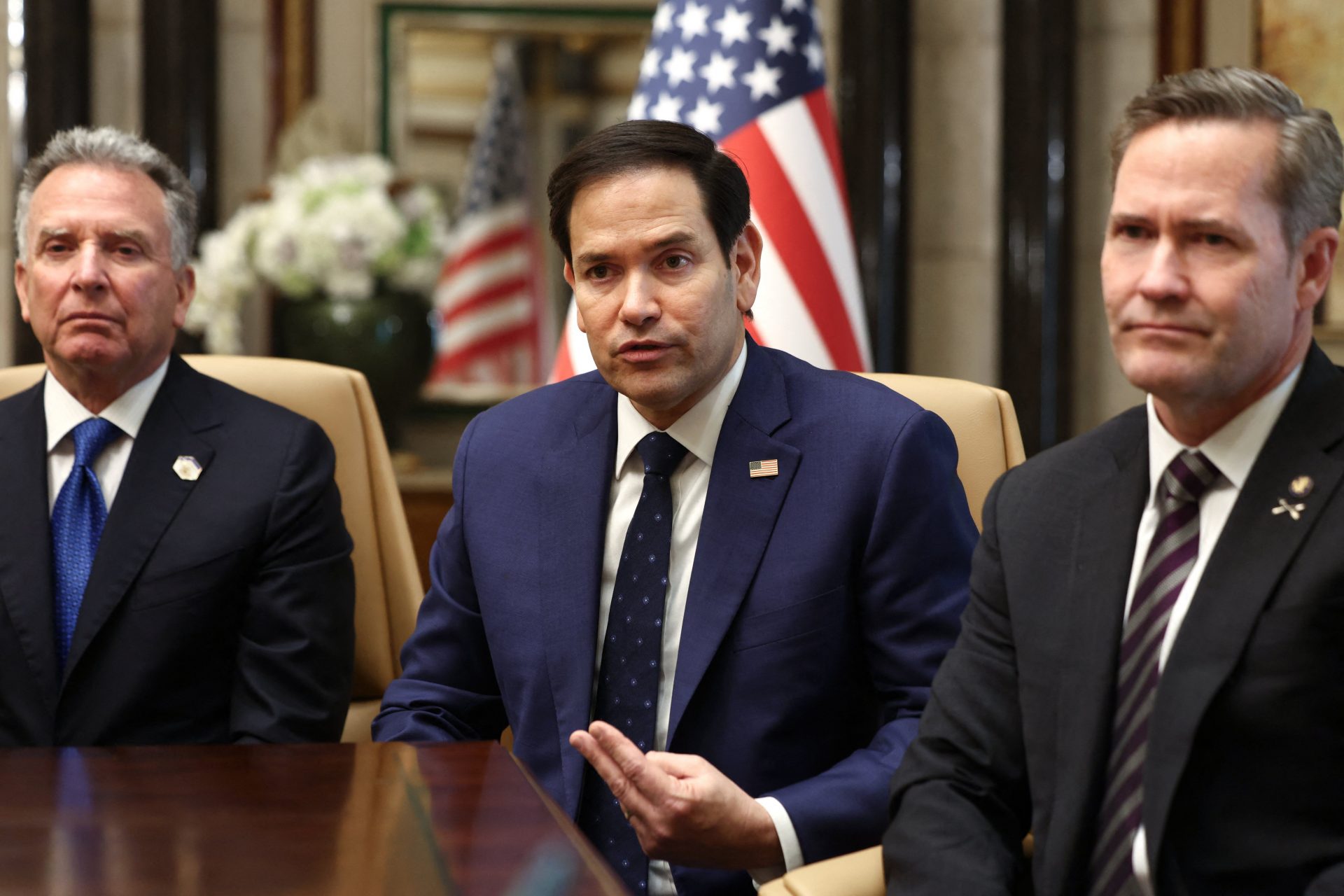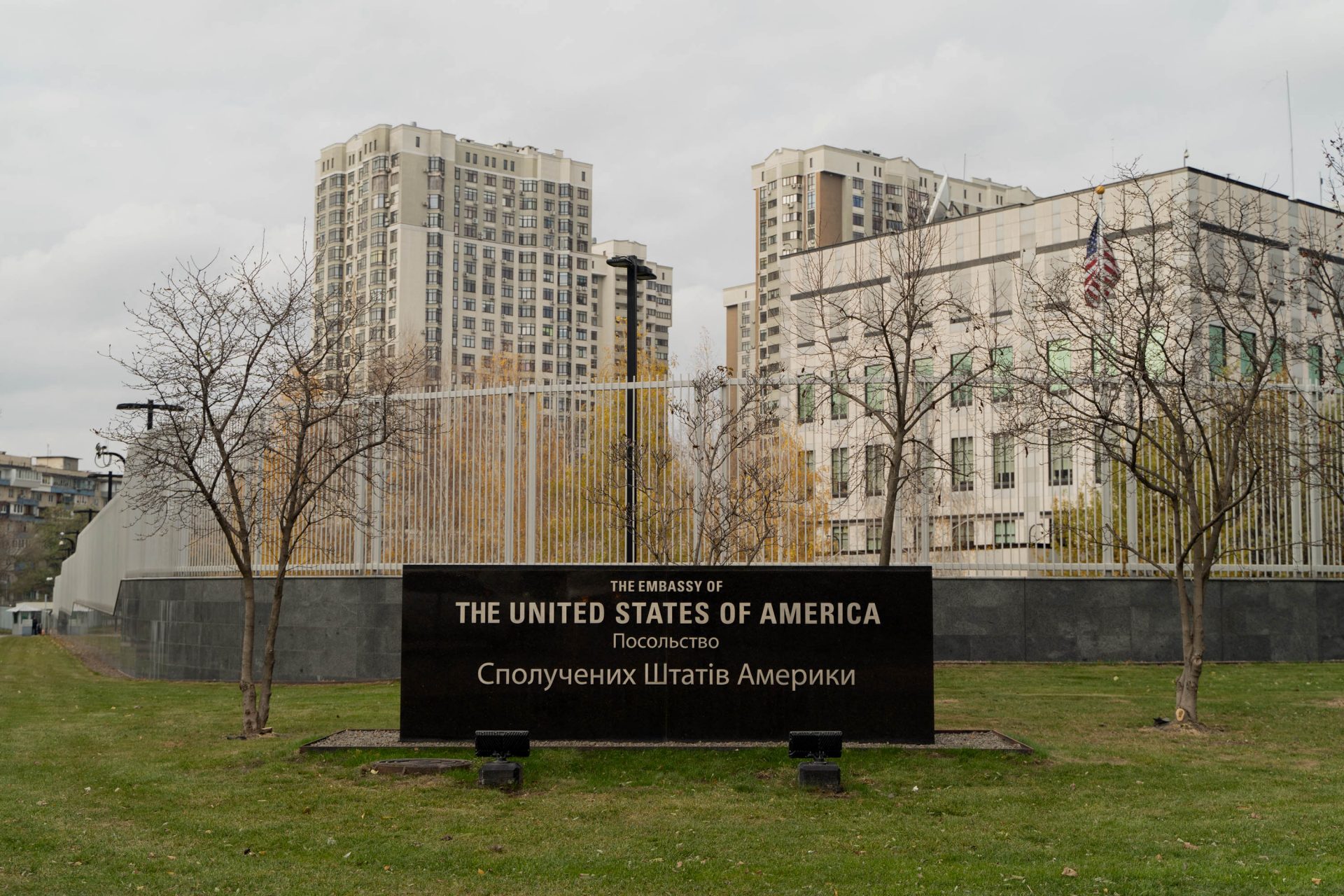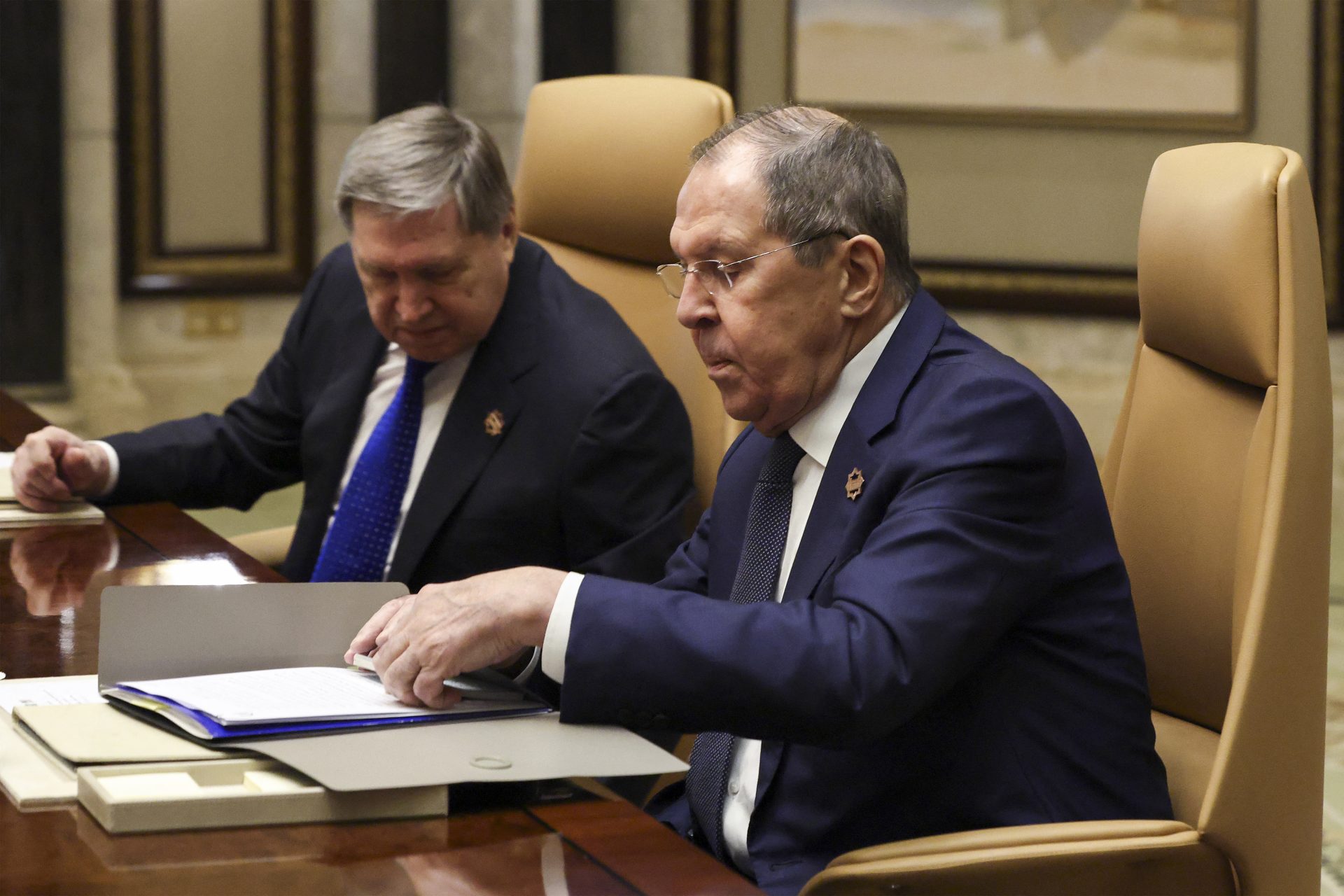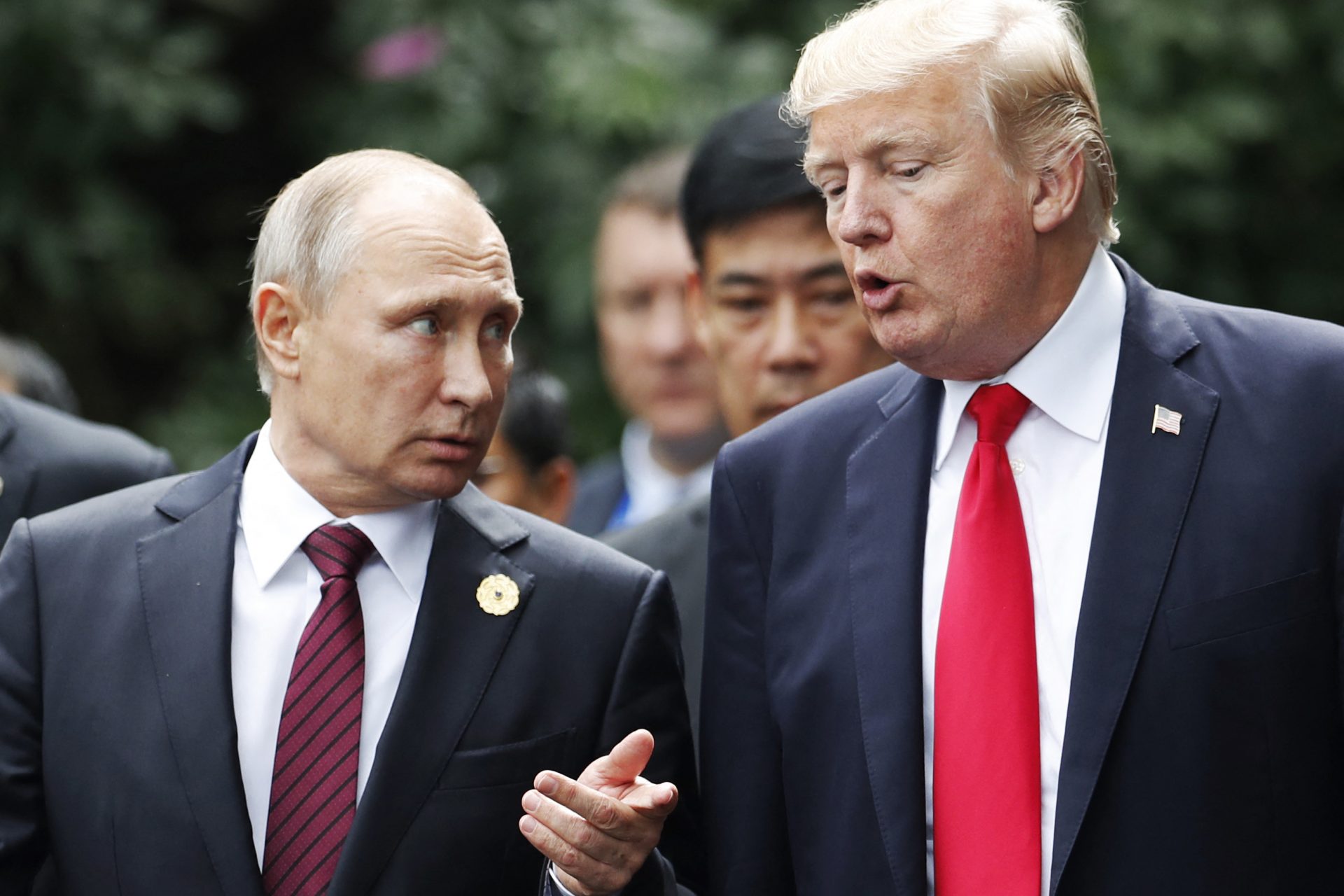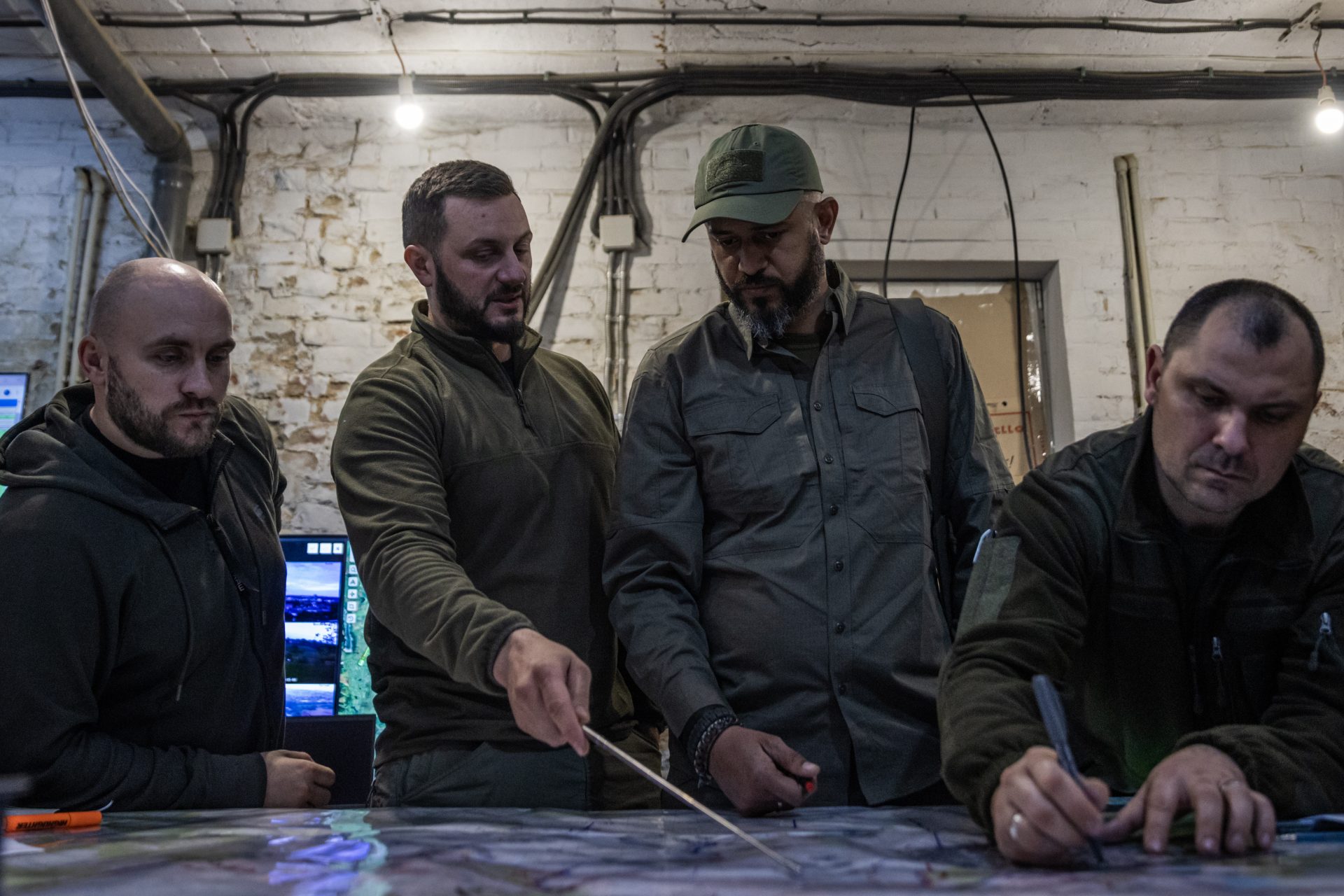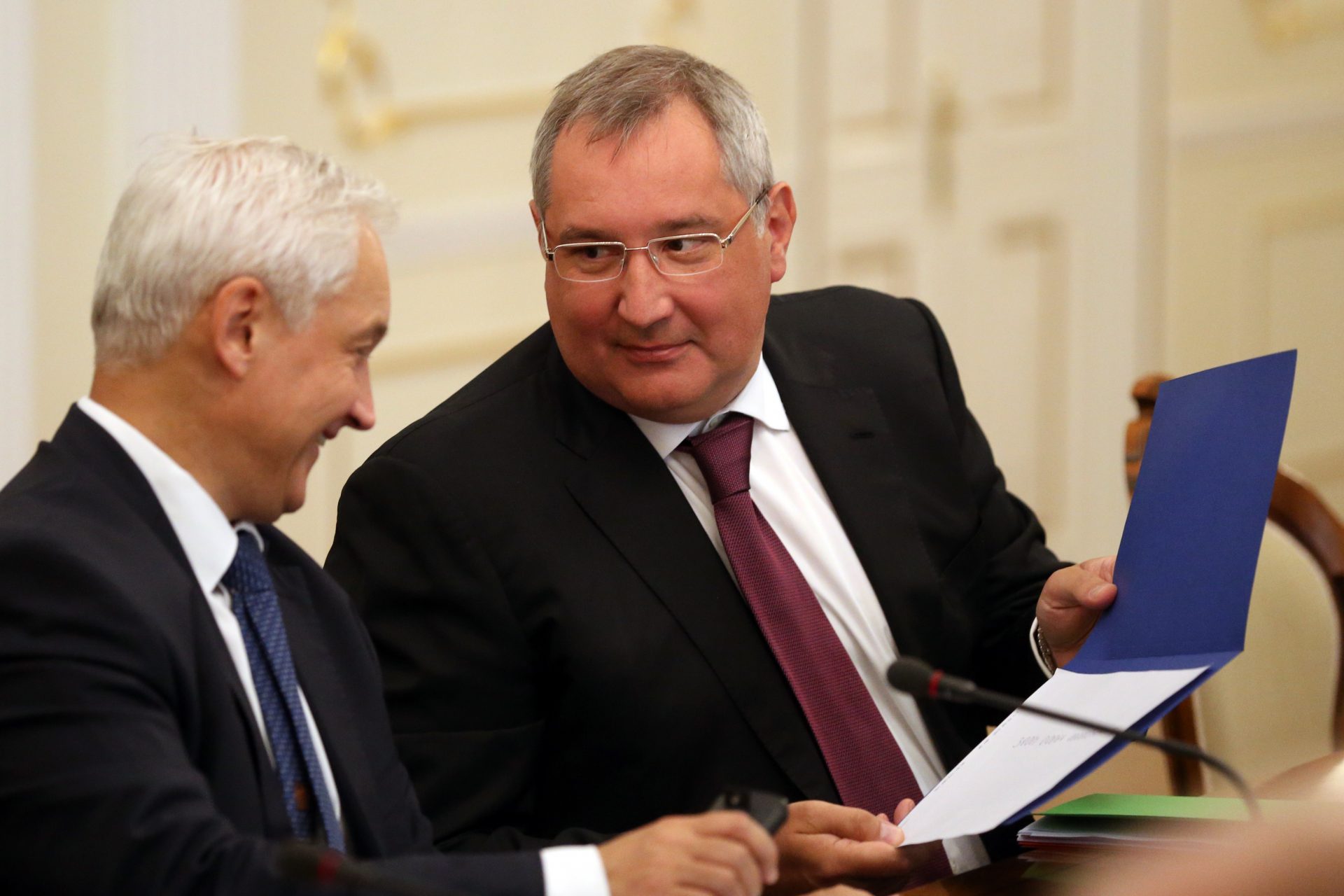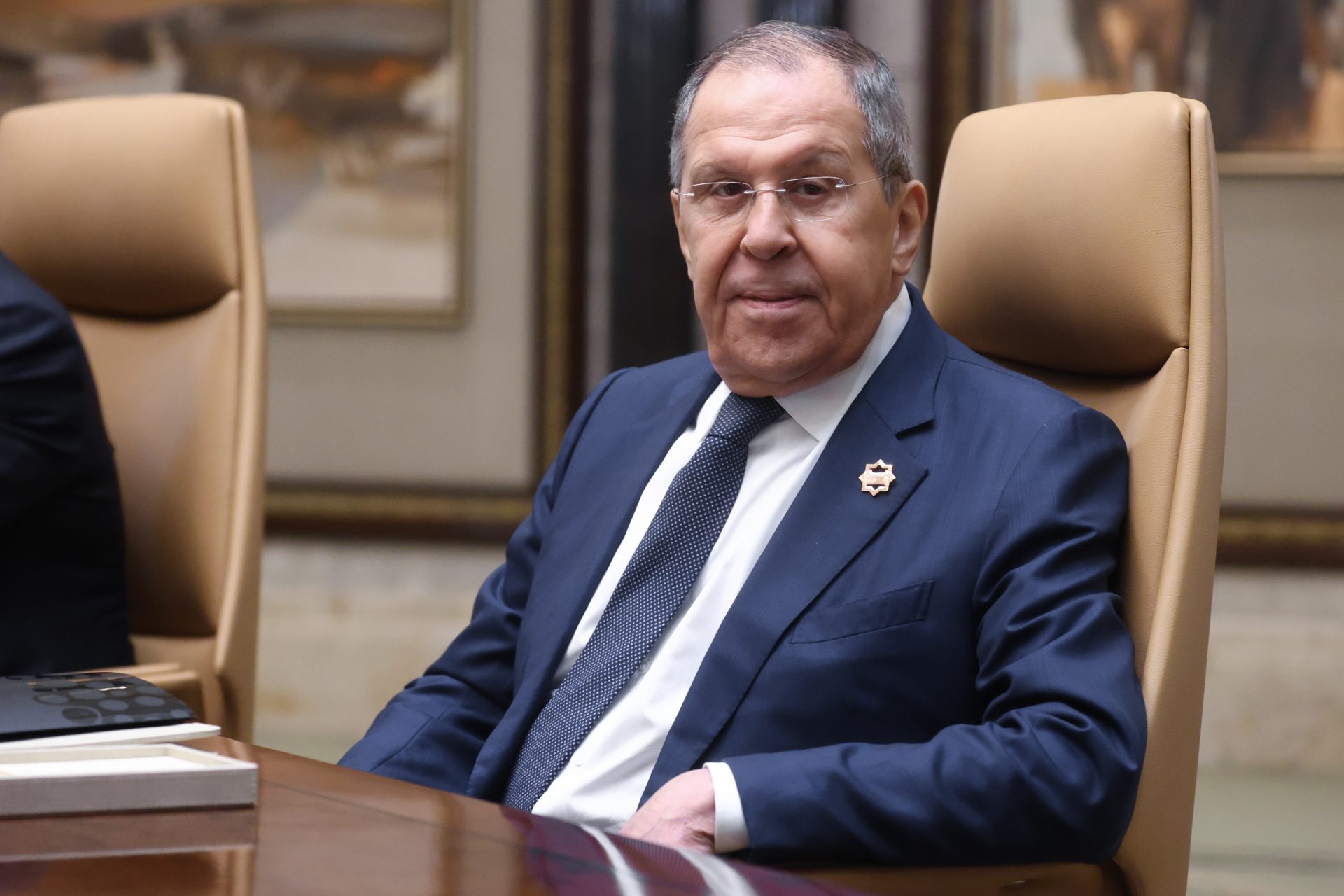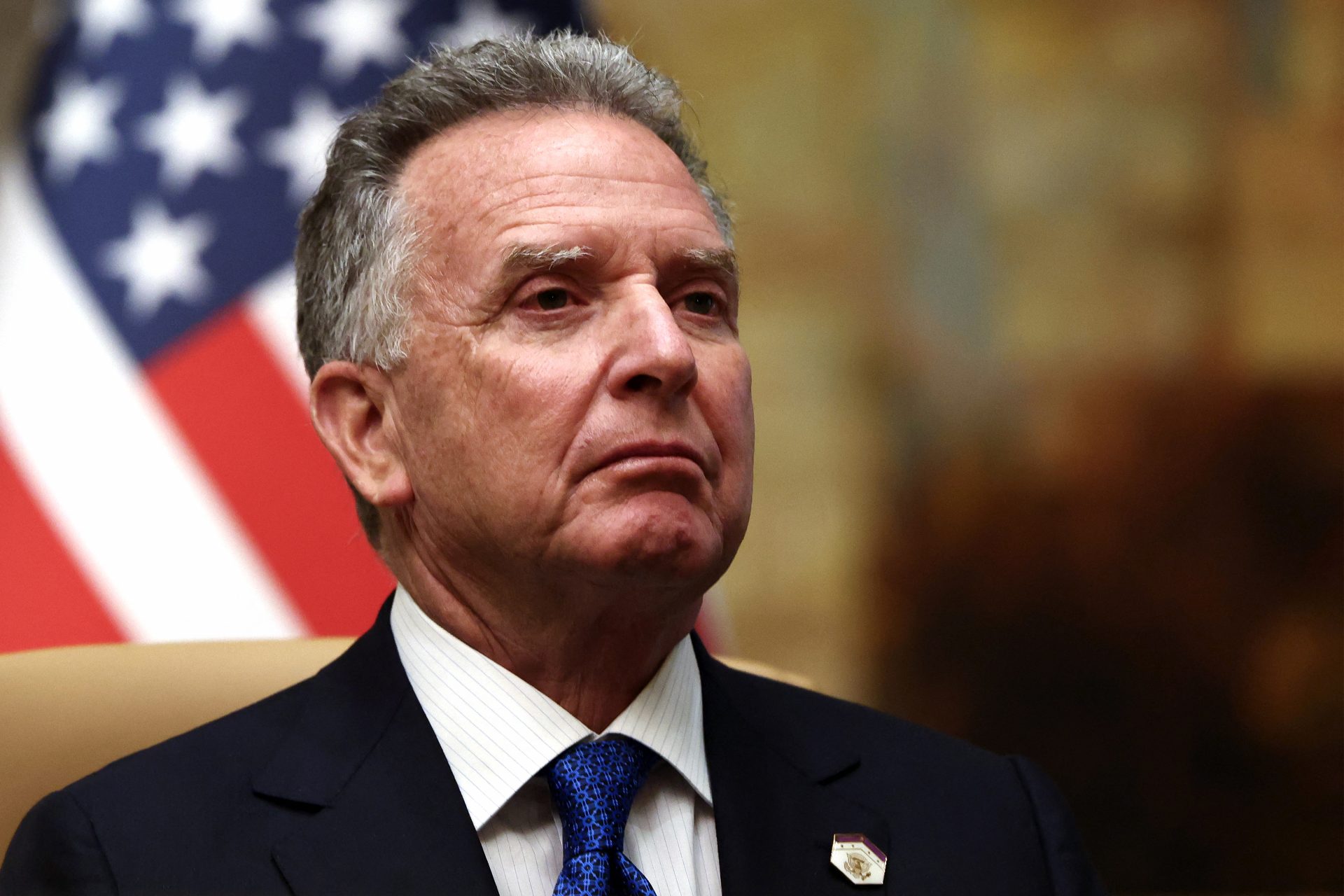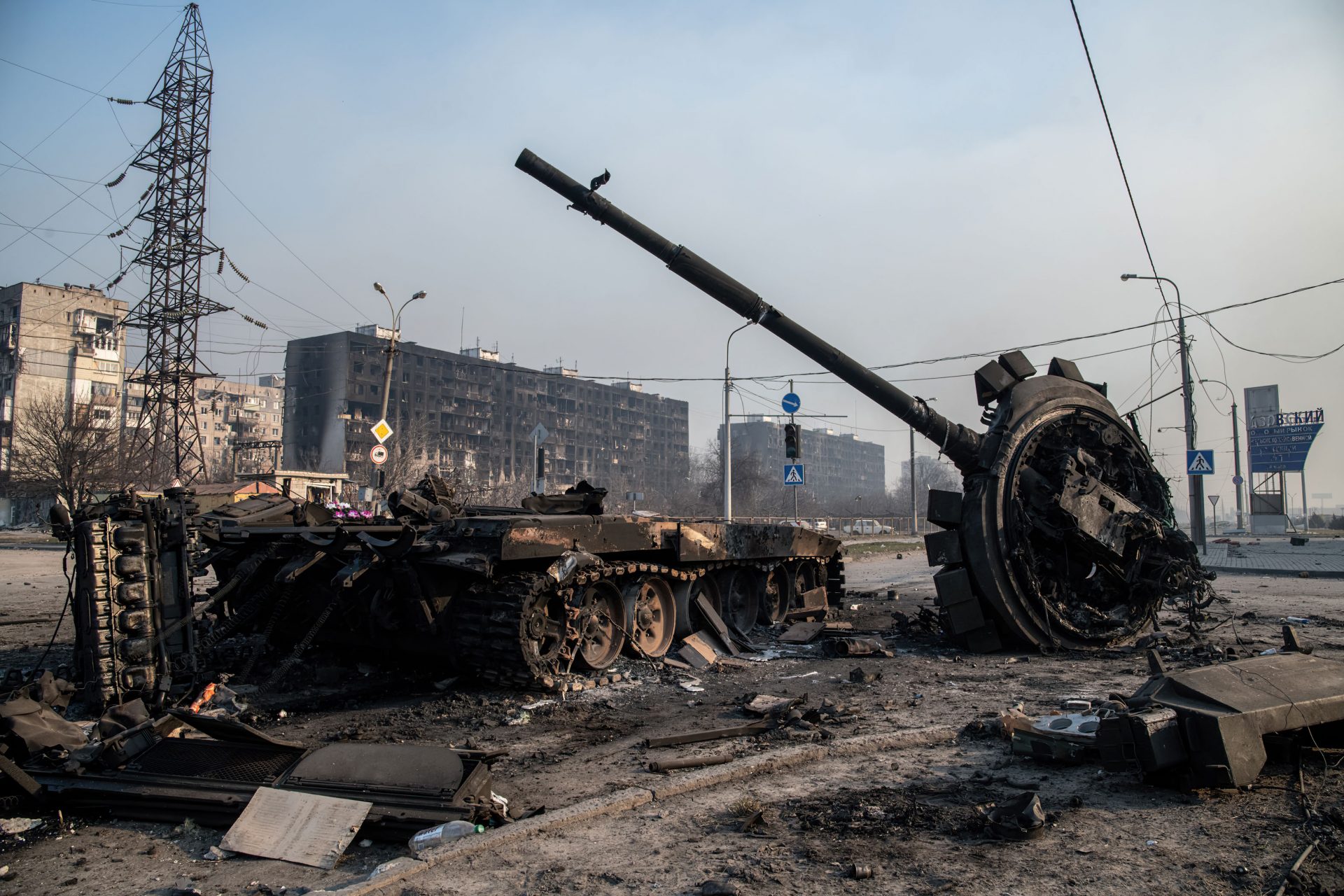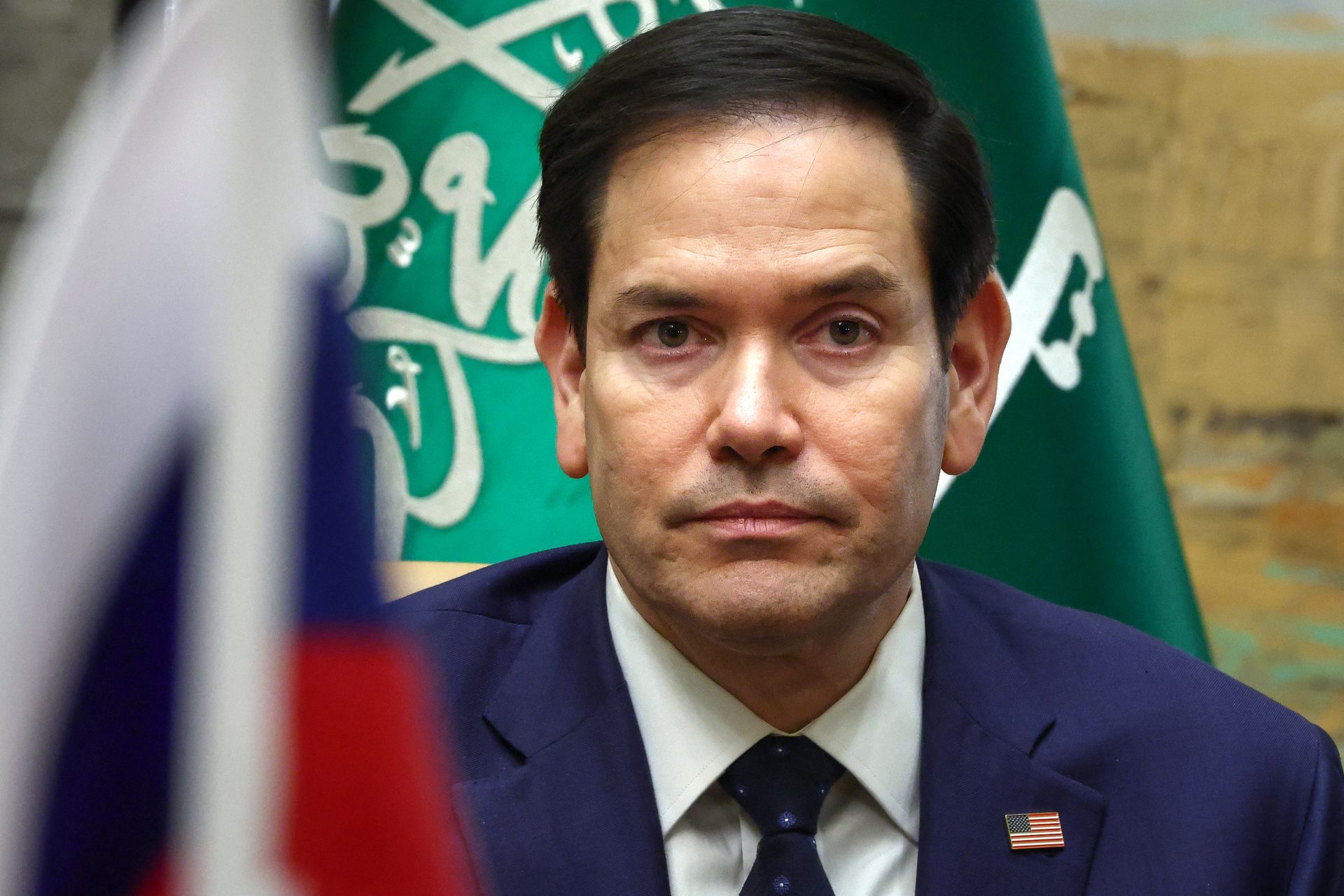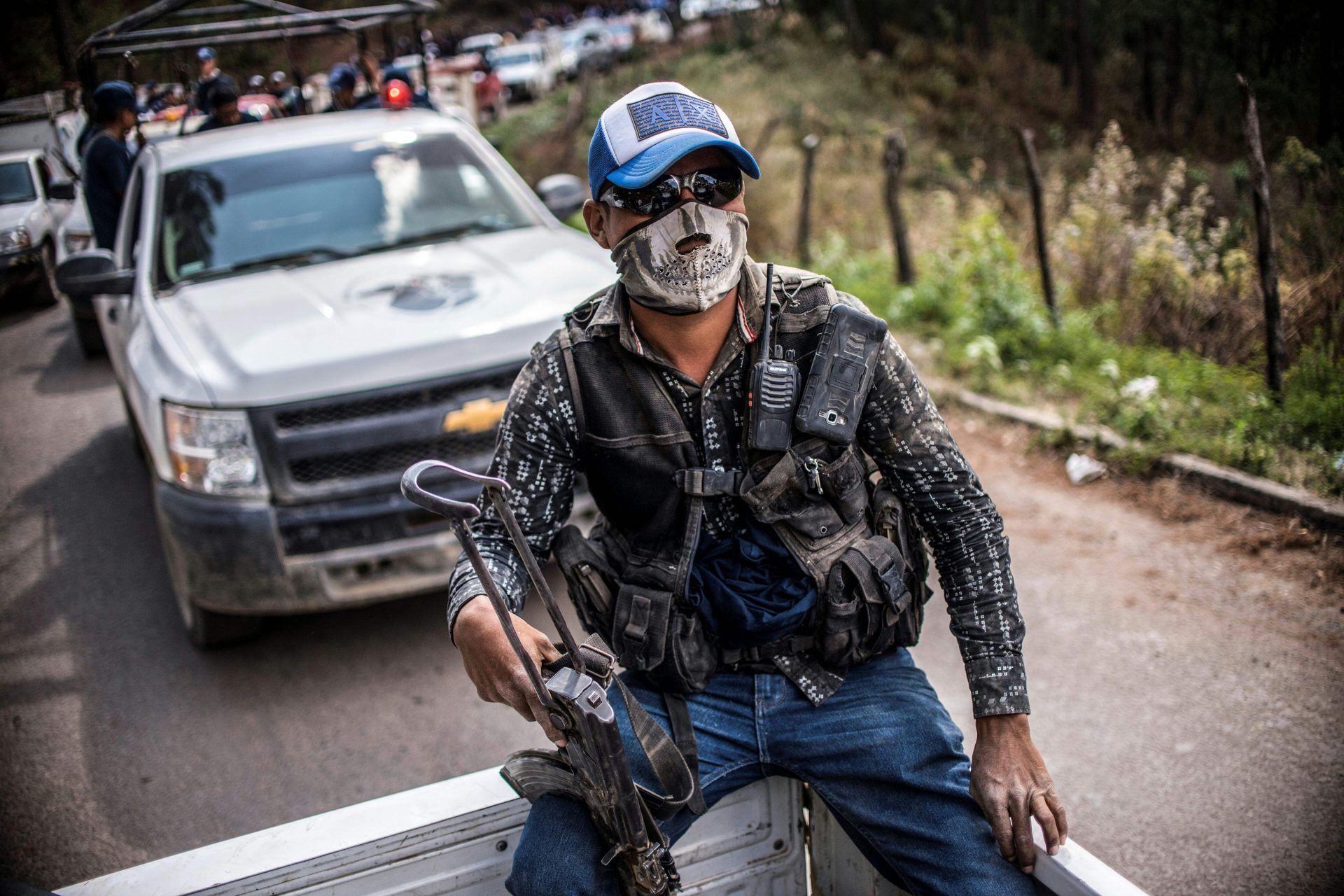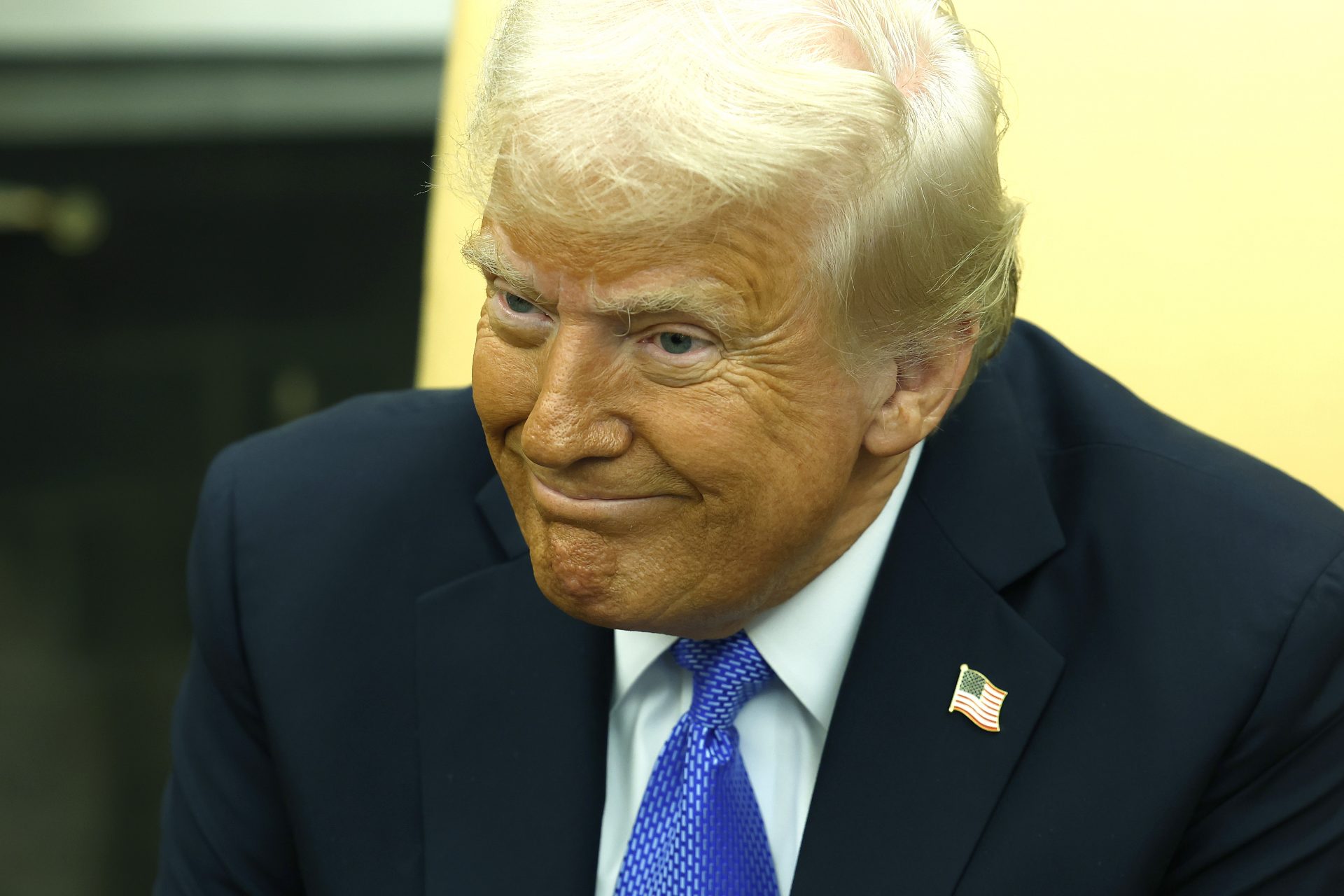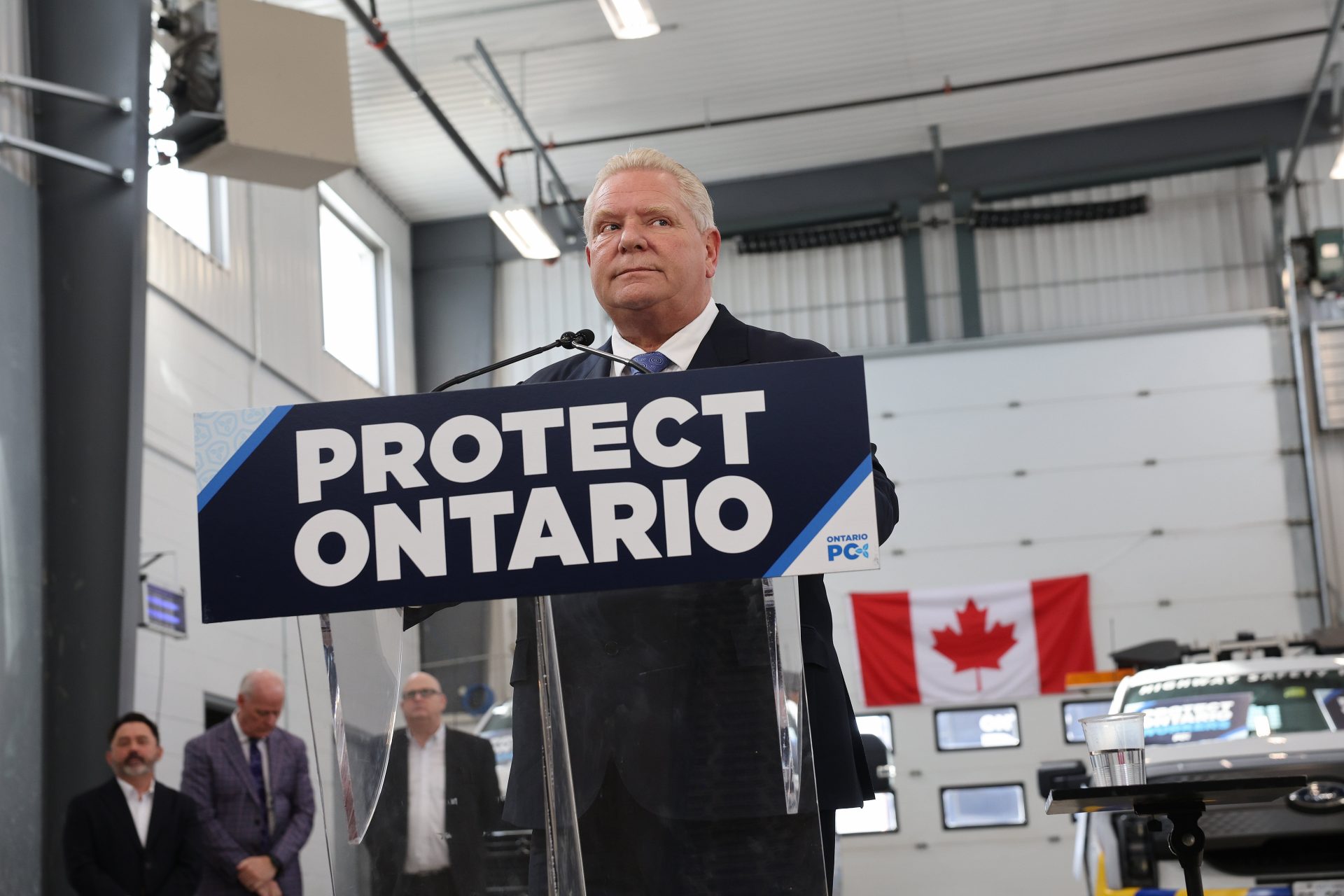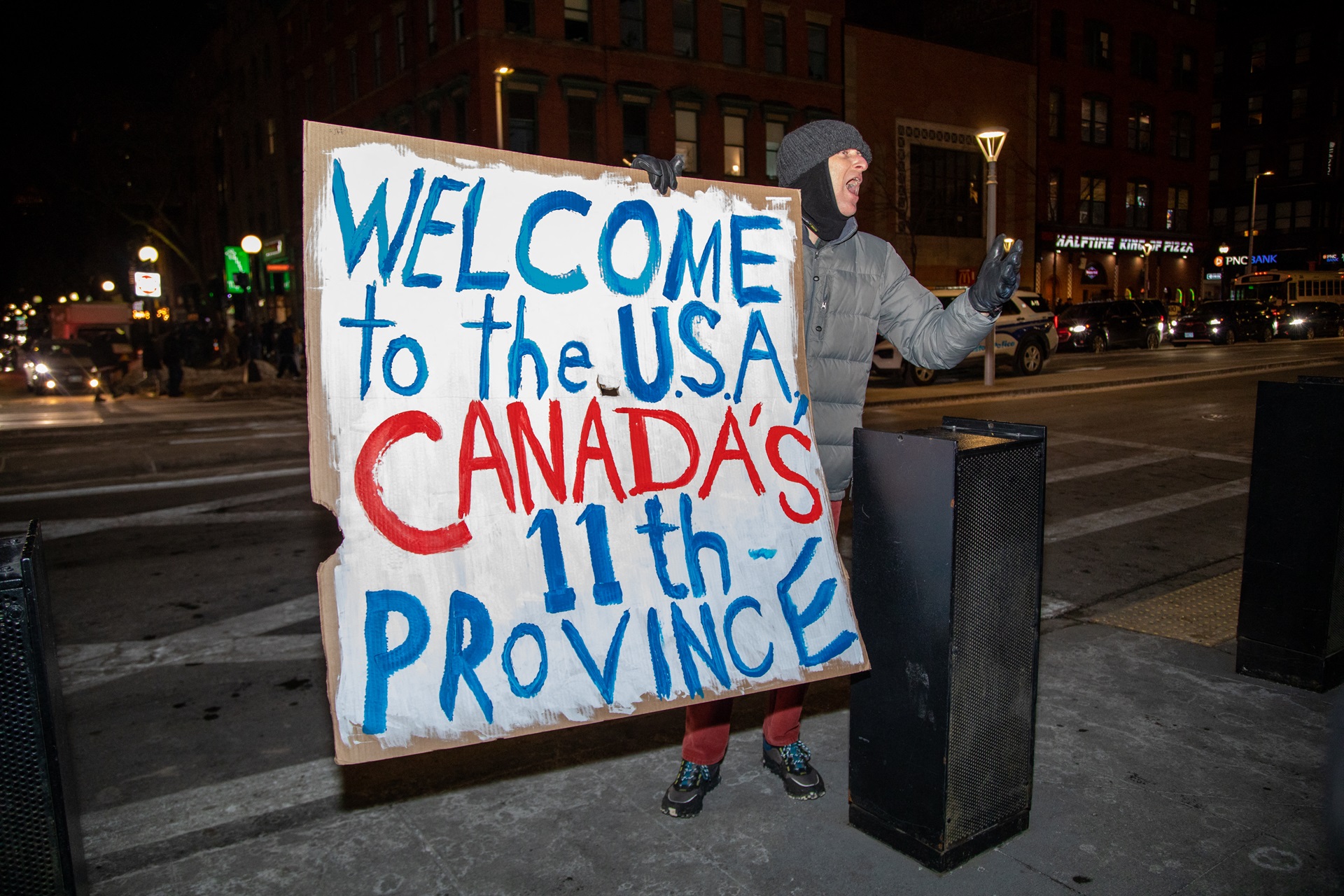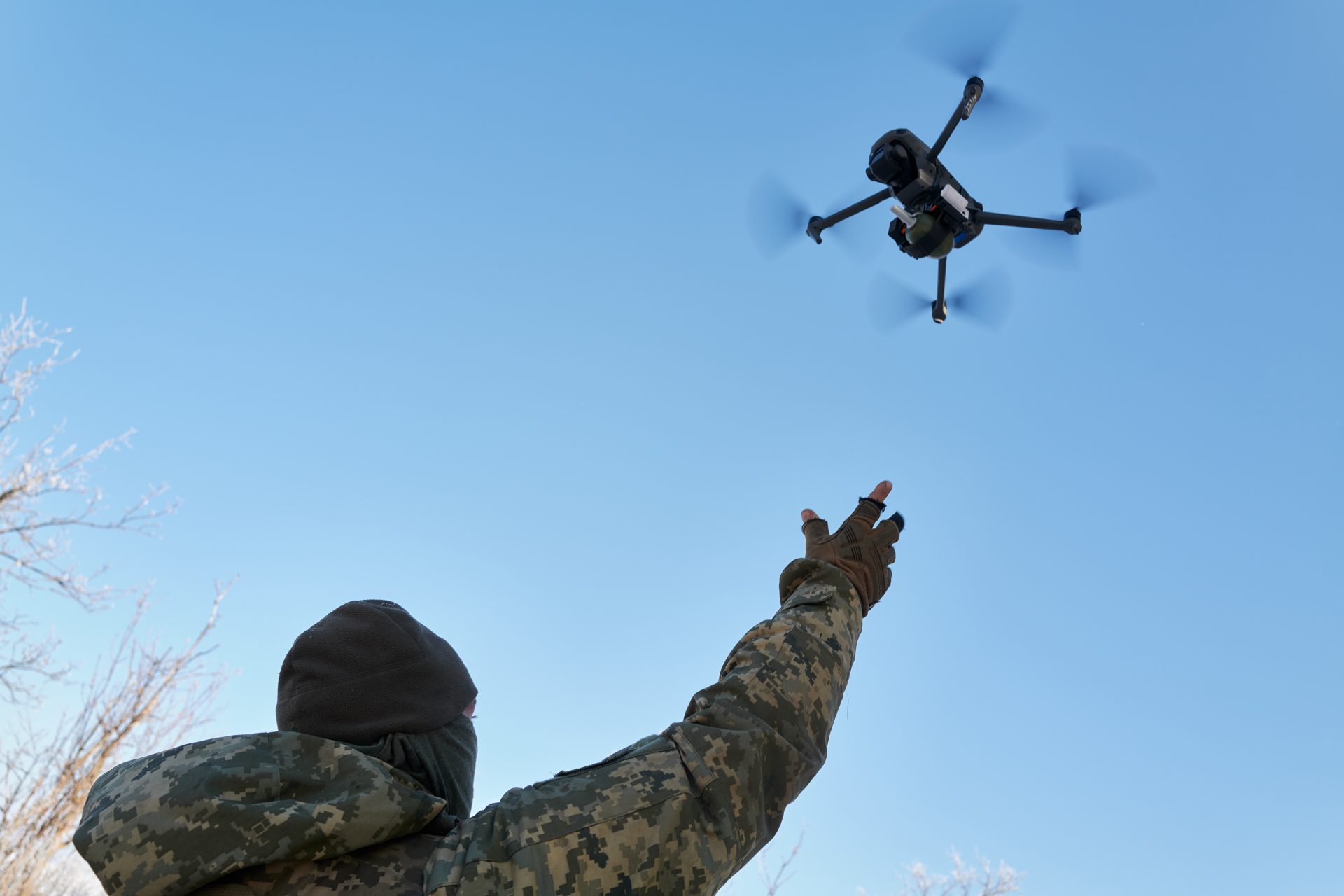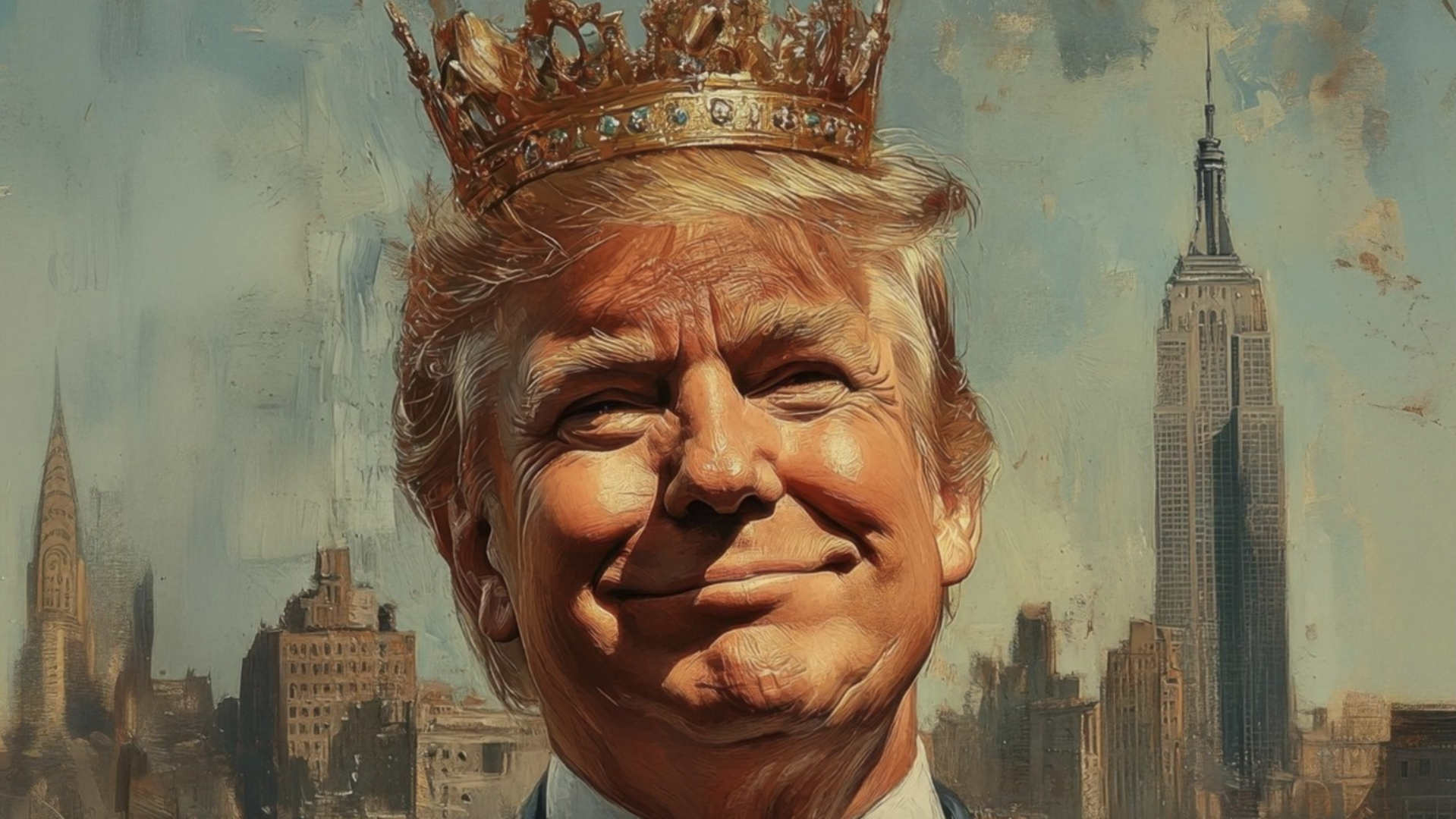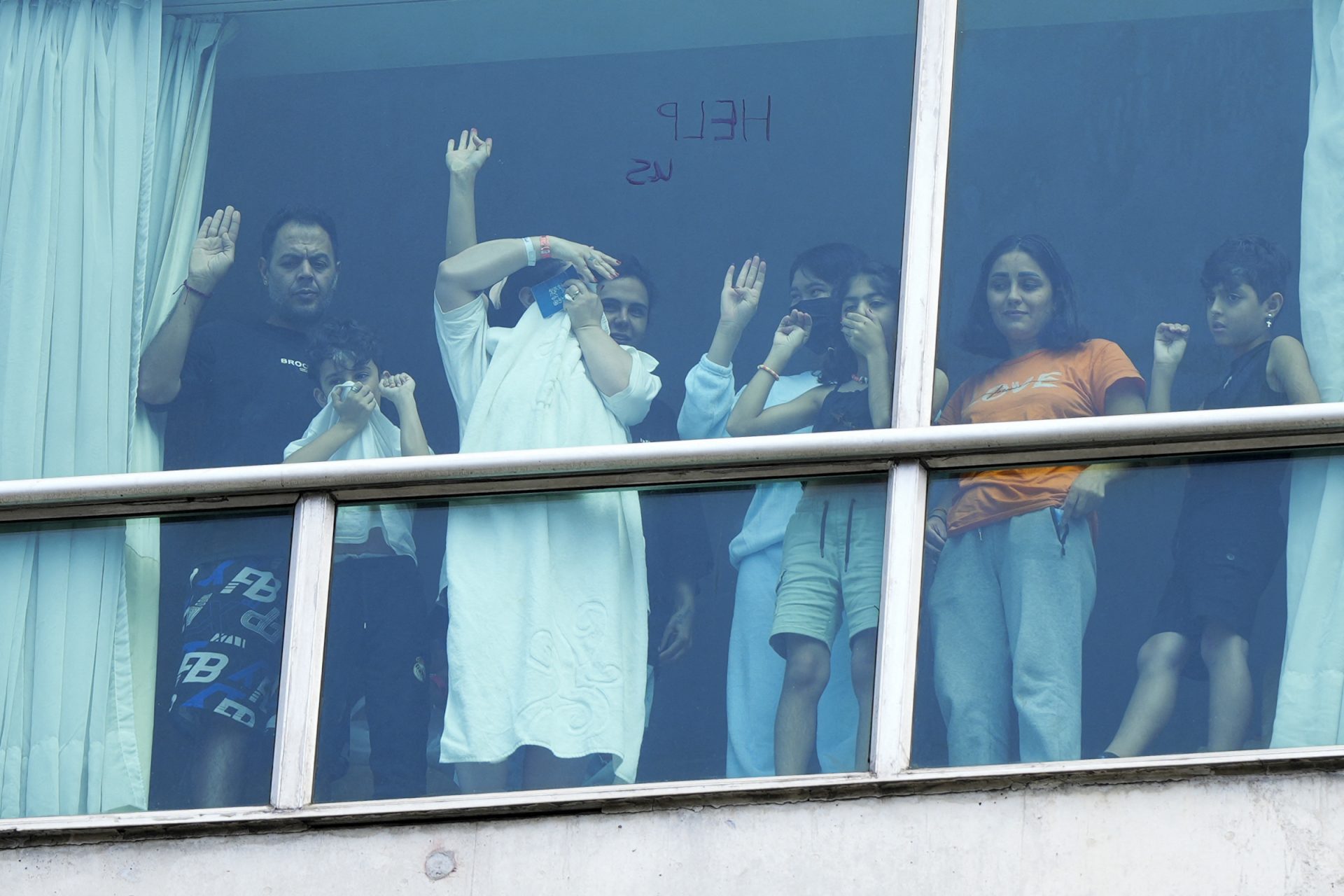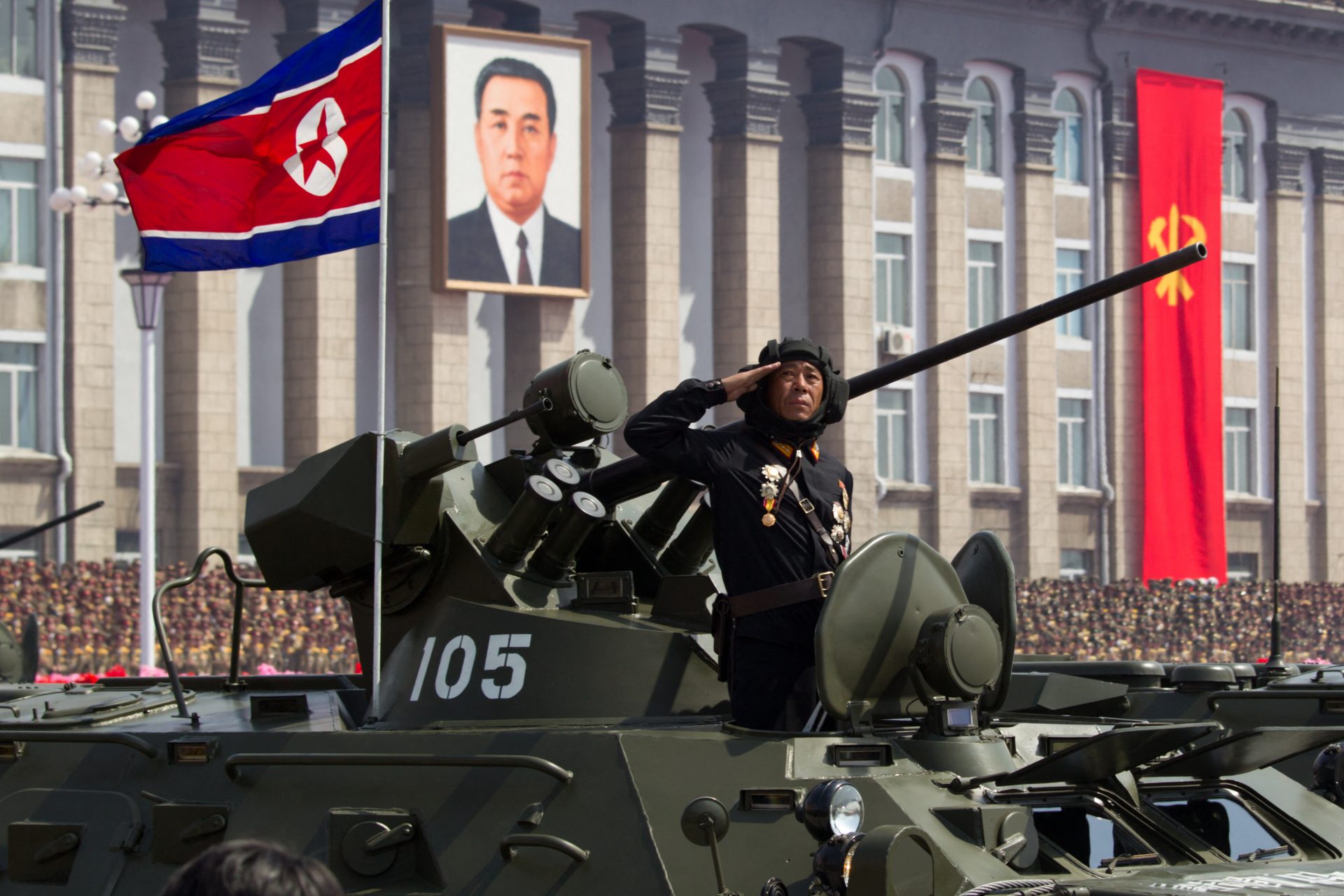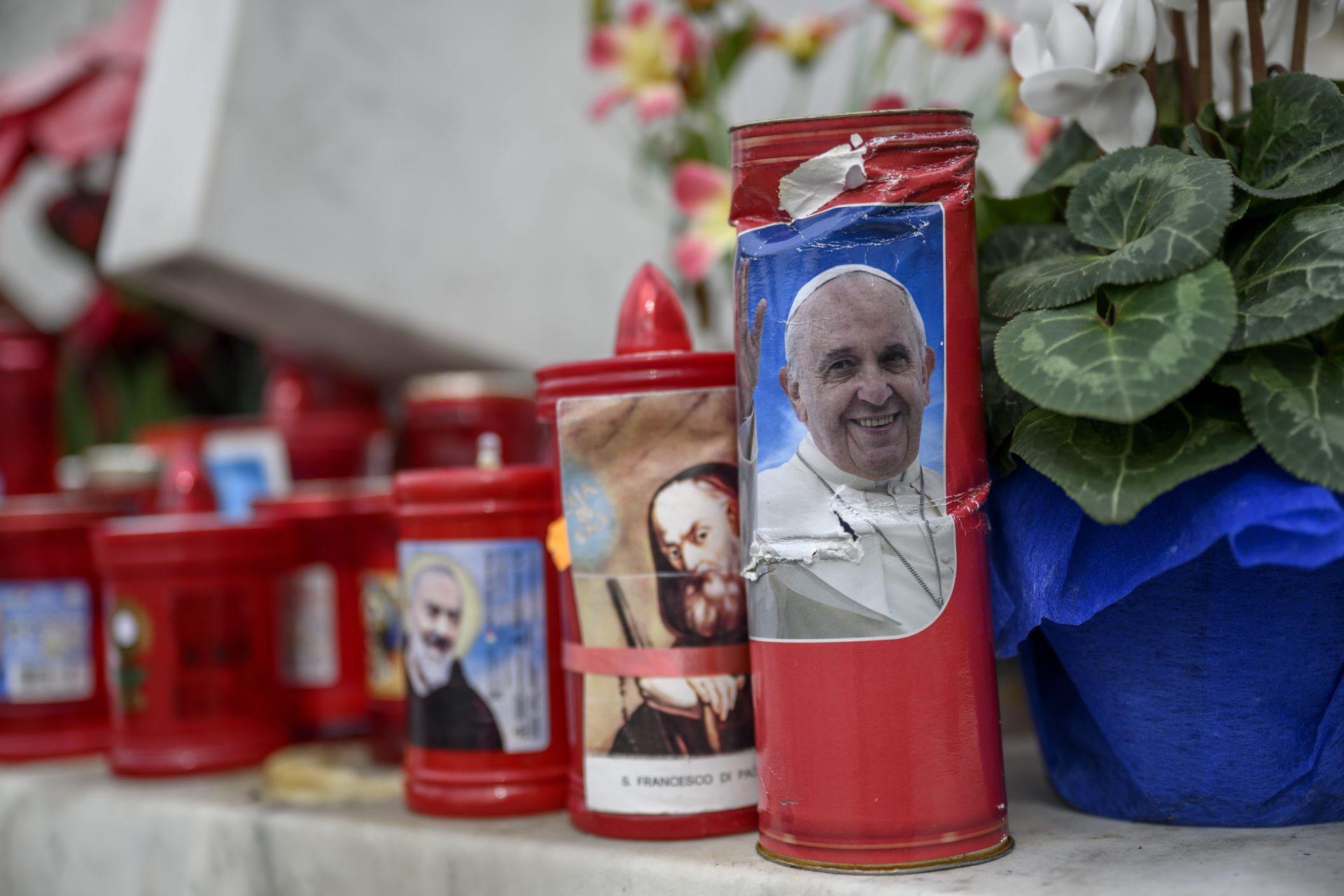Did Trump’s representatives give anything away during peace talks with Russia?
On February 18th, diplomats and negotiators from Russia and the United States met in Saudi Arabia to discuss ending the conflict in Ukraine. It was a highly criticized meeting and one that raised the ire of Ukraine and Europe.
No representatives from Ukraine or Europe were invited to the peace discussions, and observers have wondered what these talks were meant to accomplish in the face of an increasingly erratic administration in Washington.
Before the peace talks, the Trump administration had sent mixed messages about what the United States would and wouldn’t do if Moscow refused to negotiate peace with the Ukrainian, which inflamed rhetoric around the task.
For example, during a defense summit in Brussels on February 13th, the US Secretary of Defense Pete Hegseth said it was “unrealistic” to assume Ukraine to go back to its pre-2014 borders and that no US troops would be sent to Ukraine.
Hegseth also revealed the US didn't believe NATO membership for Ukraine was “a realistic outcome of a negotiated settlement” and that European troops would be needed to secure any peace deal between Russia and Ukraine after the deal was made.
The US Defense Secretary’s comments were widely criticized for giving into Russia and its demands. They were also quickly walked back by Vice President JD Vance during an interview with the Wall Street Journal published on February 13th.
This situation, alongside others and comments from Donald Trump himself, made many wonder about what would result from US peace talks with Russia in Saudi Arabia. Now that the meeting is over, what did the talk accomplish?
According to US Secretary of State Marco Rubio, the US and Russian sides agreed to four principles according to a statement Rubio made to the press. The first of which was the reestablishment of regular diplomatic contact between Russia and the United States
“First is that we are going to work – we’re going to point our teams’ respectively to work very quickly to reestablish the functionality of our respective missions in Washington and in Moscow,” Rubio explained to reporters according to a transcript from the State Department.
Rubio added that diplomatic facilities needed to be “operating and functioning normally” for Russia and the United States to continue down the road of peace negotiations. This isn’t necessarily bad, but it does end Washington’s isolation policy toward Moscow.
“The second point is that we’re going to appoint a high-level team from our end to help negotiate and walk — work through the end of the conflict in Ukraine in a way that’s enduring and acceptable to all the parties engaged,” Rubio explained.
The second principle both sides agreed to seems as if there may be concessions made by both sides to achieve peace. However, it is still too early to tell if Trump will give Putin everything he wants, or if he will force Russia to make compromises.
The third principle would see Russia and the United States “work at a high level” to start a discussion looking at “geopolitical and economic cooperation that could result from an end to the conflict in Ukraine.” What this could mean wasn’t clear.
Finally, the fourth principle reiterated that the teams from Russia and the US present at the meeting would work on accomplishing the first three points. Reactions to the peace talks have been muted, but CNN noted that the Russian Foreign Minister Sergei Lavrov called the discussion “useful.”
“We not only listened but also heard each other,” Lavrov explained. US Special Envoy Steve Whitcoff called the discussions “positive, upbeat, constructive” and also said: “We couldn’t have imagined a better result after this session, it was very, very solid.”
According to Politico, the discussions lasted roughly four and a half hours and Rubio made it clear afterward that he would not discuss what kinds of concessions could be made by either party to achieve an end to the war.
“We’re not going to pre-negotiate an end to this conflict,” Rubio explained. “These are the kinds of things that have to happen through hard and difficult diplomacy and closed rooms over a period of time.”
More for you
Top Stories



